The marionberry (Rubus ‘Marion’) is one of the berry cultivars that originate from the United States, and is now widely loved throughout the world because of its aromatic and intense flavor. It has even clinched the title of “cabernet of blackberries” because of its rich and earthy taste.
But aside from its irresistible juiciness and unique tang, marionberry also contains numerous healthful components that you can certainly benefit from. Continue reading to learn more about this berry and why it may be a good idea to add a handful to your recipes or eat it as a snack.
What Is a Marionberry?
The ancestry of the marionberry is not as simple as most people think. This is due to the various hybridization processes that are needed to produce this berry.
Marion blackberries are hybrids of the Olallie and Chehalem blackberries, which are both hybrids themselves of other variants of the blackberry. George F. Waldo, a member of the joint plant breeding program of University of Oregon and U.S. Department of Agriculture, was the first to introduce this cross to the market in 1956, with the berry eventually becoming one of the most-loved blackberry varieties available.
The marionberry was first produced through hand pollination, where the pollen of one of the parent plants is brushed on the bloom of the other. Because of the extensive trials, the marionberry managed to retain the best qualities of both parent plants and is commonly acknowledged as the best tasting blackberry variety.
Unlike other blackberry variants, marionberry plants are trailing vines that usually need to be supported by trellises and stakes. While still on the vine, these berries appear almost black, but then change into a fleshy dark purple when picked and ripened.
Marionberries are normally larger and more conical than other varieties of the blackberry. They also have a firmer texture, making them easier to ship to other regions.
Oregon’s Willamette Valley remains to be one of the leading producers of the Marion blackberry, producing over 28 to 33 million pounds per year. This exclusivity stems from the marionberry’s weather preferences, being not as cold-hardy compared to other berry plants. They are usually harvested in the early summer.
Eat Marionberries and Get These Vitamins and Minerals
Consuming marionberries ensures that you get high amounts of vitamins, minerals and other components that are essential for the regulation of important body’s processes. Some of these include:
- Ellagic acid —As a polyphenol, ellagic acid offers anti-mutagenic, antioxidant and chemo-preventive properties. It has also been noted to assist in inhibiting inflammatory conditions that stem from obesity. Marionberries contain about 5.83 milligrams (mg) of ellagic acid per gram.
- Antioxidants— These berries contain considerable amounts of vitamin C, rutin and gallic acid. Antioxidants are essential for the body to minimize the production of reactive oxygen species that are responsible for the gradual deterioration of the body systems. Vitamin C is vital in the regulation of immune system function, preventing inflammation and scouring the body for free radicals.
- Anthocyanins —These are flavonoids found in fruits and some vegetables, and have antibacterial, antiviral, anti-inflammatory and neuroprotective properties. By ingesting foods that are high in anthocyanins, you help your body cope with the numerous toxic substances you are exposed to every day.
- Dietary fiber —The marionberry is an excellent source of dietary fiber, a component essential for the regulation of weight, digestion, bowel movement and the prevention of diabetes and heart disease. A half cup of these berries contains the same amount of fiber as a 3/4 cup of brown rice.
How Are Marionberries Used in the Culinary World?
Marionberries are typically available from July to August, and are usually found in grocery stores or markets during these months. Although this type of berry is usually available fresh, you can also get your hands on various marionberry products, such as jams, teas and preserves.
Because of their sweet and tart taste, marionberries are a common mainstay in desserts. They are commonly used in recipes for pies, cakes, crisps and muffins. People have even managed to incorporate this berry into salad vinaigrettes, glazes and marinades, to add a sweet irresistible punch to their dishes.
If marionberries are in season and you’re planning on buying some, here are a few guidelines to allow you to grab the best of the bunch:
- Look for berries that are darker colored, glossy and free from any blemishes. Wrinkly skin denotes that the berries are close to spoiling.
- Check the bottom of the container to see if there are any hidden damaged or moldy berries.
Marionberry Nutrition Facts
Berries, whatever variety or kind, are among the most nutritious types of food because of their plethora of nutrients and healthy components. While the marionberry is noted as a low-fructose fruit, note that only moderate amounts should be consumed to ensure that you are not eating excessive amounts of fructose, which may be detrimental to your health.
For more health information about the marionberry, check out these nutritional facts:
Marionberries Nutrition FactsServing Size: 1 cup (8oz) |
||
| Amt. Per Serving |
% Daily Value* |
|
| Calories | 75 | |
| Calories from Fat | 10 | |
| Total Fat | 1 g | |
| Saturated Fat | 0 g | |
| Trans Fat | ||
| Cholesterol | 0 mg | |
| Sodium | 0 mg | |
| Total Carbohydrates | 18 g | |
| Dietary Fiber | 7.6 g | |
| Sugar | 4 g | |
| Protein | 1 g | |
| Vitamin A | Vitamin C | |
| Calcium | Iron | |

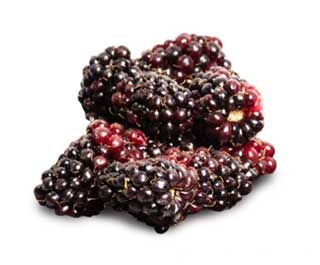
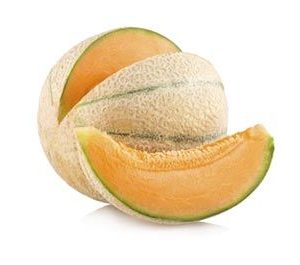
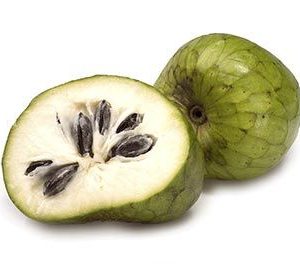

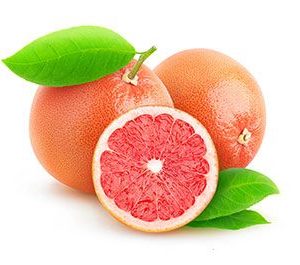
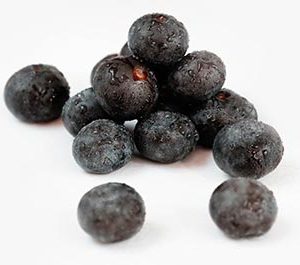
Reviews
There are no reviews yet.